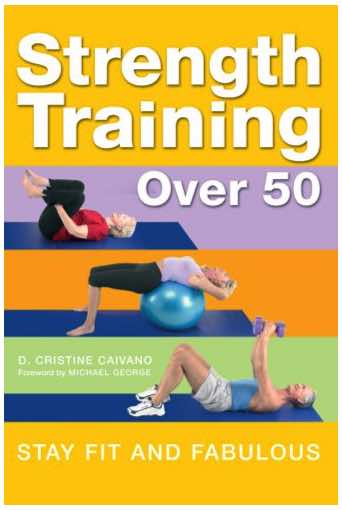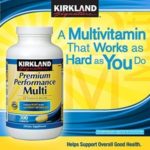The increased awareness concerning obesity in America has spawned a heightened interest in losing weight, especially among individuals over the age of 50.
There are substantial benefits for people over 50 to lose as little as 10 percent of their total body weight.
According to a recent article by Ann Brenoff, senior health writer for the Huffington Post, by losing as little as 10 percent of your body fat, you can lower cholesterol and blood pressure levels, subsequently lowering the risk of heart disease.
Table of Contents
The Challenges that Come with Increasing Age
Unfortunately, the body’s metabolic rate has a natural proclivity to slow down as we age. This makes it more challenging for people over fifty to reach their weight-loss goals. Although losing weight over 50 comes with its challenges, there are steps that can be followed that will help ensure effective results.
A substantive amount of weight gain for people is the direct result of three primary factors:
- Poor diet
- Sedentary lifestyle
- Reduced metabolic rate
When these issues are effectively addressed, results are inevitable. Despite the erroneous postulations of some, you can lose weight over 50, by simply changing some eating and exercise habits. Even the body’s metabolic rate can be increased through the development of proper eating habits and exercise.
Adopting a More Active Lifestyle
The advancement in technology has made everything more convenient. People can even shop from the comfort of their sofa. The latest movies can be ordered at the push of a button. Unfortunately, living a sedentary lifestyle does not support proper weight management or good heart health.
If you want to know how to lose weight over 50, a great place to start is with increasing your activity. It is suggested that a person engage in at least 30 to 60 minutes of physical activity per day.

It is important to consult your physician before beginning any type of exercise program. Your doctor will be familiar with your medical history: therefore, he or she will be able to effectively determine the risk level of any proposed exercise plan.
It is important to understand that any amount and type of activity is better than none. If you don’t feel like working out or jogging, take a 30 minute walk.
When choosing the activities that you wish to implement into your activity schedule, choose activities that you enjoy doing. This will increase the chance that you will consistently follow through on them. Becoming more active will not only help shed pounds, but it will also help reduce the risk of diabetes and heart disease.
Eat Wholesome and Healthy Foods
Nutrition may very-well be more essential to weight loss and health than exercise. There is no denying the immense impact that exercise has on boosting the body’s metabolic rate, which helps you to lose weight: however, without proper nutrition it is impossible to engage a workout optimally. Food is the body’s fuel, and much in the same way that poor-quality fuel can ruin the engine of a vehicle, low-quality food will cause the body to perform below par and eventually break down.
Eating fresh fruits and vegetables – especially cruciferous vegetables – along with whole-grain products and lean meat will help provide the proper nutrition your body needs to perform optimally.
Additionally, eating foods that are low in caloric content but high in nutritional value – like the ones listed above – means that you will be cutting empty calories out of your diet, which means that you will be able to lose those unwanted pounds.
It is extremely important to reduce sugar intake. Sugar is one of the main culprits in uncontrolled weight gain.
When sugar is in the blood stream, it sends a signal to the brain to trigger the pancreas to release insulin into the blood stream in order to process the sugar. When large amounts of sugar is in the blood stream this results in an insulin spike. Over time the body will develop what is known as insulin resistance, making it extremely difficult to process and burn sugar. Insulin in the blood stream also works against the body’s ability to access existing fat stores in order to burn them as energy.
Improve the Metabolic Rate
It is also highly recommended to eat more frequently. Instead of eating three meals per day, you should eat five meals per day; however, you will need to reduce the portion size. Increasing the frequency of your meals will help boost your metabolic rate.
If you have limited time to prepare two extra meals each day, you could consider adding meal replacement shakes to your daily diet. And if you need an idea for a healthy snack, go ahead and try protein bars for a week.
Conclusion
When you follow the three steps consistently – 1) becoming more active, 2) eating healthier, and 3) eating more frequently (but smaller portions) – you will begin to see some real results. Thoughts about weight loss surgery, magic pills, or other unnatural methods will be a distant memory. Following the steps is hands down the best way to lose weight after 50!
As you move forward, you will be able to make the necessary adjustments to keep yourself on track to reach your desired goals. Good luck!




